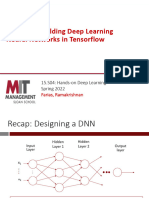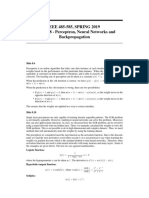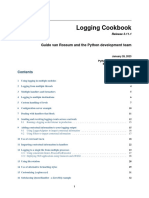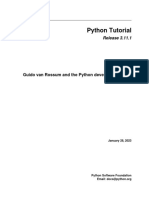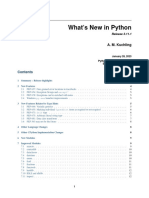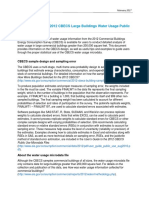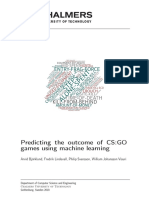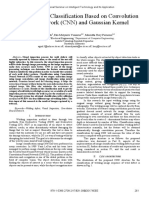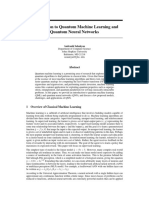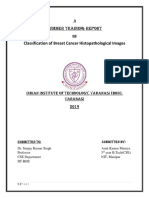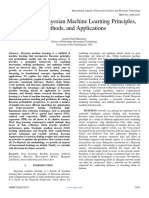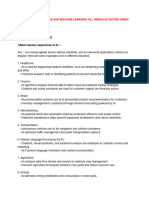0% found this document useful (0 votes)
27 views104 pagesDeepLearning Recap
This document discusses artificial neural networks and deep learning. It provides an overview of feedforward networks, activation functions, loss functions, and numerical optimization. It also discusses advanced network architectures like convolutional and recurrent neural networks.
Uploaded by
Mehrdad Noei AghaeiCopyright
© © All Rights Reserved
We take content rights seriously. If you suspect this is your content, claim it here.
Available Formats
Download as PDF, TXT or read online on Scribd
0% found this document useful (0 votes)
27 views104 pagesDeepLearning Recap
This document discusses artificial neural networks and deep learning. It provides an overview of feedforward networks, activation functions, loss functions, and numerical optimization. It also discusses advanced network architectures like convolutional and recurrent neural networks.
Uploaded by
Mehrdad Noei AghaeiCopyright
© © All Rights Reserved
We take content rights seriously. If you suspect this is your content, claim it here.
Available Formats
Download as PDF, TXT or read online on Scribd
/ 104




